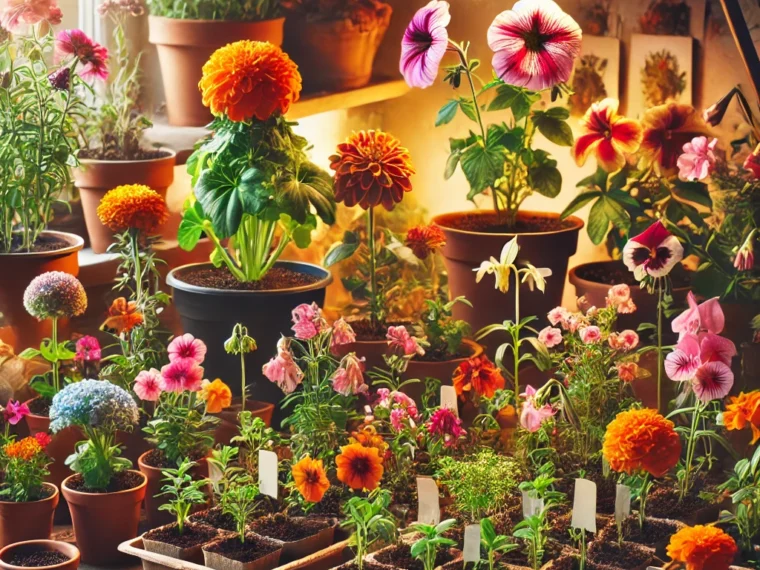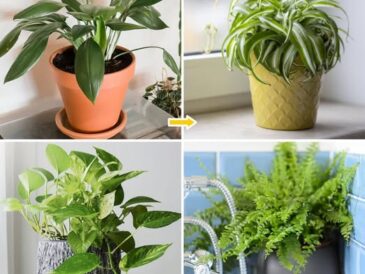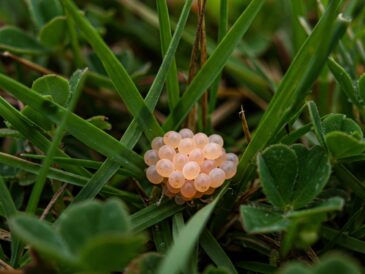9. Echinacea (Echinacea purpurea)
Why Grow Indoors? Echinacea has a long germination period (10–20 days), making early sowing necessary for summer blooms.
How to Sow: Keep seeds in moist soil and a cool environment (60–65°F or 15–18°C).
10. Pansies (Viola × wittrockiana)
Why Grow Indoors? Pansies are cold-hardy, and early sowing gives them a strong start before transplanting outdoors.
How to Sow: Sow seeds ¼ inch deep in moist soil and keep them in a cool environment (60°F or 15°C).
11. Zinnias (Zinnia elegans)
Why Grow Indoors? Zinnias bloom quickly, but early sowing ensures larger plants with more flowers.
How to Sow: Sow seeds ½ inch deep and place them in a warm location (70–75°F or 21–24°C).
12. Foxgloves (Digitalis purpurea)
Why Grow Indoors? Foxgloves take a long time to mature and need early sowing for strong spring growth.
How to Sow: Sprinkle seeds on the surface of the soil, as they need light to germinate. Keep the soil moist.
13. Impatiens (Impatiens walleriana)
Why Grow Indoors? Impatiens are slow growers, so indoor sowing ensures they are ready to bloom by late spring.
How to Sow: Sow seeds lightly on top of moist soil and keep them in a warm, bright location (70–75°F or 21–24°C).
14. Canterbury Bells (Campanula medium)
Why Grow Indoors? These biennials bloom in their second year, but early sowing encourages faster growth.
How to Sow: Lightly cover seeds with soil and maintain temperatures of 65°F (18°C) for best results.
15. Celosia (Celosia argentea)
Why Grow Indoors? Celosia thrives in warm weather, and starting early ensures big, vibrant blooms.
How to Sow: Plant seeds ¼ inch deep in moist soil and keep at 75°F (24°C).
16. Black-Eyed Susan (Rudbeckia hirta)
Why Grow Indoors? This wildflower needs time to establish before blooming in late summer and fall.
How to Sow: Sow seeds on top of moist soil and keep them at 70°F (21°C).
Tips for Successful Indoor Flower Sowing
✔ Use Quality Seed-Starting Mix – Provides good aeration and moisture retention.
✔ Keep Consistent Moisture – Avoid overwatering, but don’t let the soil dry out.
✔ Provide Bright Light – Use grow lights or place seedlings near a south-facing window.
✔ Maintain Proper Temperature – Some seeds need warmth to germinate, while others prefer cool conditions.
✔ Harden Off Seedlings – Before transplanting outdoors, expose plants gradually to outdoor temperatures.
Final Thoughts
Sowing flower seeds indoors in January or February is a great way to get a head start on the growing season. With careful planning and proper care, you can enjoy a garden full of vibrant blooms, colors, and fragrances throughout the warmer months.
Would you like a printable sowing schedule for these flowers? Let me know! 🌸😊




